Creating the perfect homemade steak sauce can transform a good steak into a great one. However, certain mistakes can ruin the entire dining experience. Let’s explore seven common errors and how to avoid them for a more delightful culinary adventure.
Using Low-Quality Ingredients
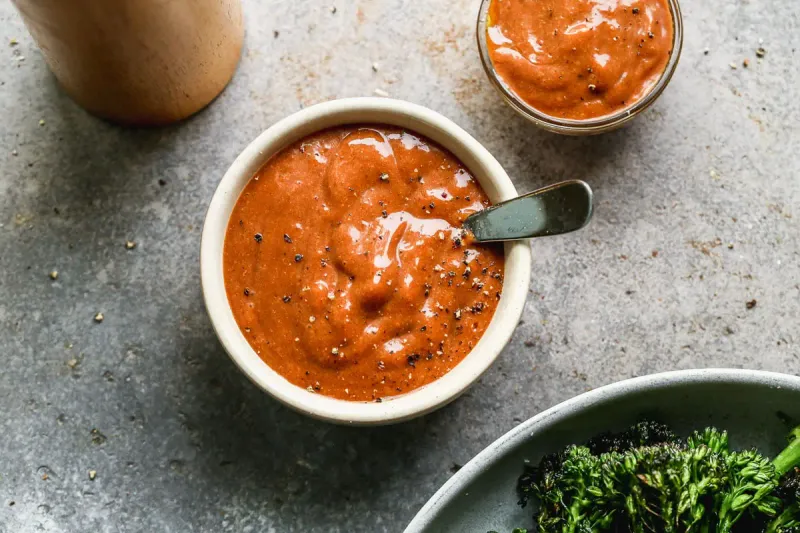
Starting with subpar ingredients can doom your steak sauce from the start. Imagine a scene where fresh herbs are replaced with their wilted counterparts, and premium spices are swapped for bland, generic ones. Your sauce’s flavor profile depends heavily on the quality of the components used.
Invest in fresh herbs, high-quality vinegar, and premium spices to elevate your sauce. Avoid the temptation of cutting corners to save a few bucks. A little extra investment can make a big difference in taste and aroma, ensuring a memorable meal.
Overloading with Sugar
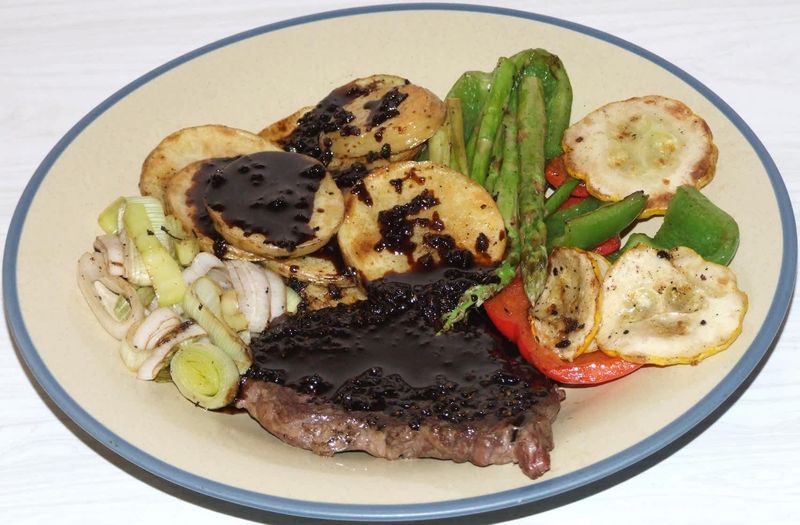
Balance is key in crafting a delectable steak sauce. Imagine a pot of sauce that tastes more like dessert than a savory accompaniment. Overloading your sauce with sugar can mask the natural flavors of the steak, leading to a less satisfying dining experience.
Strive for balance by carefully measuring sweetness and considering complementary flavors. Use sugar judiciously to enhance, not overpower, the other ingredients. This restraint ensures that the sauce enhances the steak, rather than turning it into something unrecognizable.
Ignoring Acidity Levels
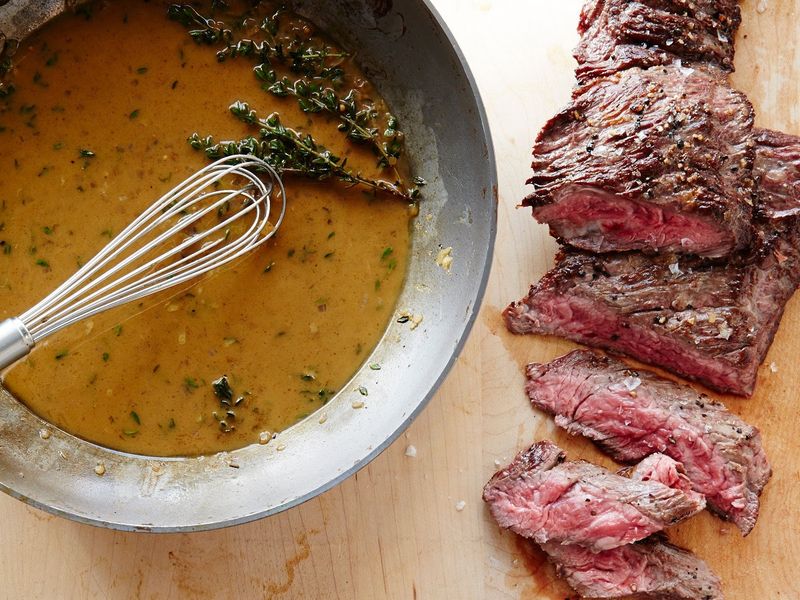
Acidity can be a double-edged sword in homemade steak sauce. Picture a chef wincing after tasting a sauce that’s too sharp and tangy. Neglecting proper acidity balance can make the sauce harsh, overshadowing the steak’s savory notes.
Crafting the perfect blend requires attention to the acidity levels. Use vinegar and citrus sparingly, tasting regularly, to achieve a harmonious flavor. Strike the right balance to complement, not fight against, the richness of the steak.
Forgetting to Simmer
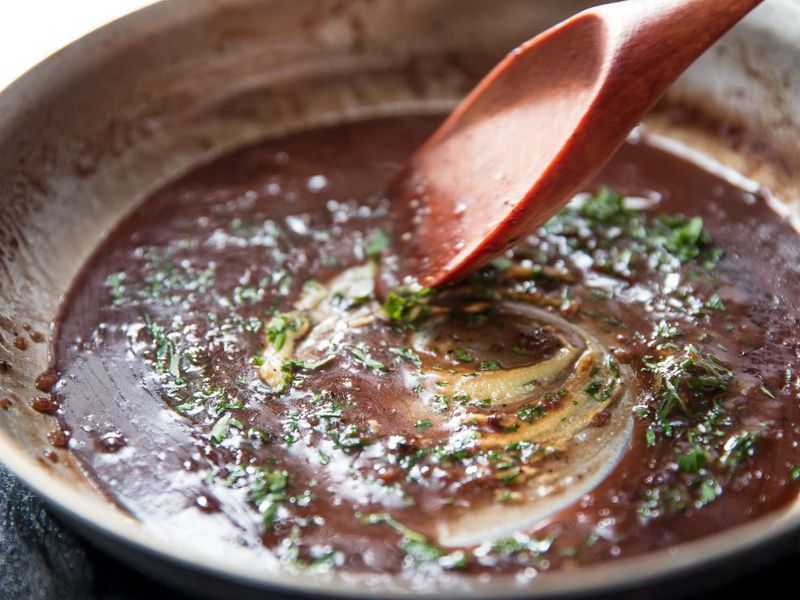
Patience is a virtue when it comes to crafting steak sauce. Imagine skipping the simmering step and ending up with a sauce that’s either too thin or lacks depth. Simmering helps meld flavors, creating a cohesive and rich sauce.
Dedicate time to let your sauce simmer gently, allowing ingredients to merge and develop. Rushing this process leads to a disjointed flavor profile. Embrace the slow cooking method to achieve a deep, savory taste that complements your steak perfectly.
Neglecting to Taste and Adjust

Creating a balanced steak sauce requires constant attention. Picture a chef diligently tasting and adjusting, ensuring each flavor harmonizes with the rest. Neglecting this step can result in a sauce that’s either too bland or overpowering.
Regular tasting lets you tweak spices, sweetness, or acidity as needed. Trust your taste buds and make necessary adjustments throughout the process. This hands-on approach guarantees a sauce that complements your steak rather than competing with it.
Using Too Many Ingredients
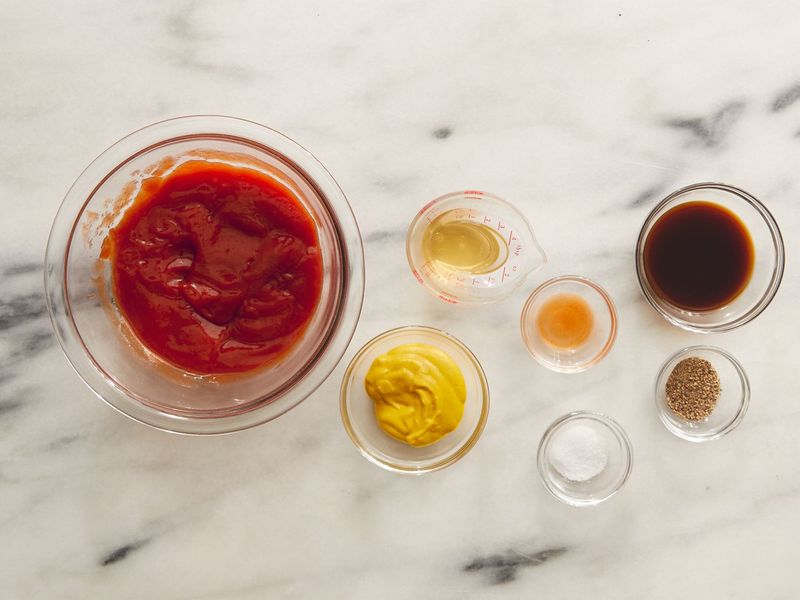
Less is often more in the world of steak sauce. Envision a cluttered kitchen counter overflowing with various ingredients. Overcomplicating your recipe can muddle flavors, leaving an incoherent taste.
Focus on a few high-quality ingredients to create a clear and bold flavor profile. Streamlining your approach preserves the essence of the sauce, allowing each component to shine. This simplicity accentuates the steak, providing a well-balanced and flavorful experience.
Storing Incorrectly
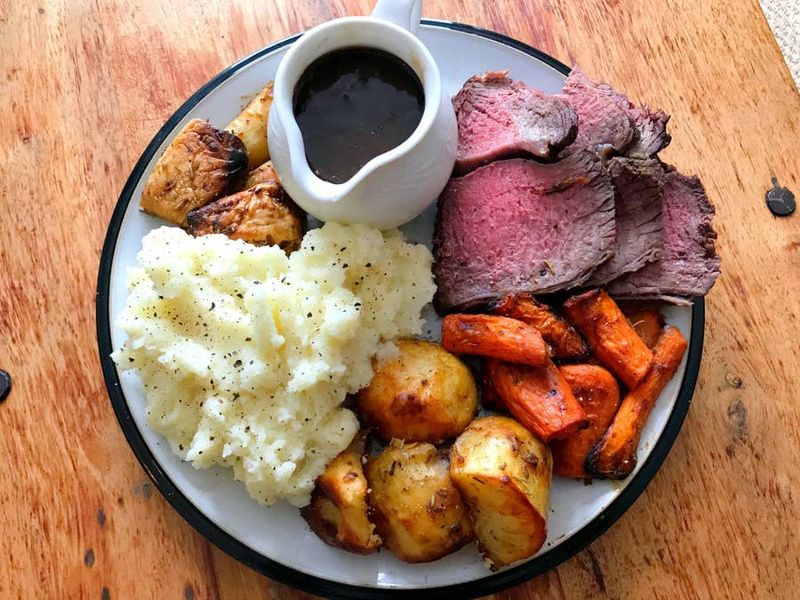
Proper storage is crucial to maintaining your sauce’s quality. Imagine a refrigerator scene where a poorly sealed container leads to spoiled sauce. Incorrect storage can affect consistency, flavor, and safety.
Ensure your sauce is stored in a clean, airtight container to preserve its freshness. Keep it refrigerated to extend its shelf life. This attention to storage details ensures your homemade creation remains delicious and ready for the next steak night.
Leave a comment